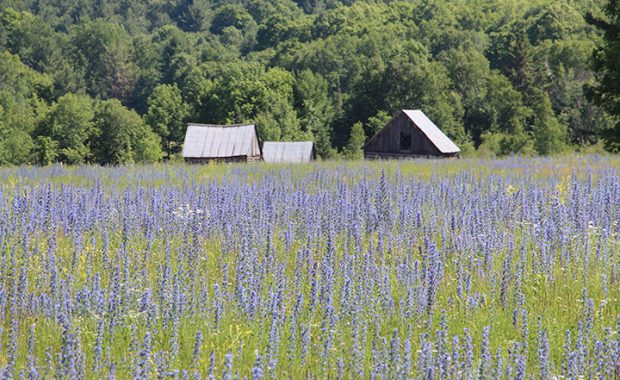BARRY’S BAY – In a September 2018 opinion piece in the Globe and Mail, columnist John Ibbitson uses a return visit to the Opeongo Line to write about “how its rural culture is disappearing.”
He compares his 2018 trip with his first exploration along the Opeongo Line from Renfrew to Barry’s Bay in 1993.
He presents a narrative of decline throughout the Ottawa Valley.
“Impressions: Twenty-five years ago, there were more farms. Today, there is more forest. Twenty five years ago you could still see split-rail fences and log barns that the settlers had built with their own hands. Gone now, mostly, lost to the bush or carried off by someone in search of portable heritage. Twenty-five years ago, there were more general stores in villages such as Dacre and the little churches along the Line still held services on Sunday. Both are now mostly closed. The villages aren’t really villages any more – just a few houses, some abandoned, some occupied by old people biding their time.”
Ibbitson describes the European settlers arriving in the area.
“It is late in the 1850s. You escaped the Irish famine, or the wars and purges in central Europe. You survived the coffin ships, where it was common for a third of the passengers to die on the journey. You made your way to Farrell’s Landing on the Ottawa River…and then you travelled west another 100 km, along the Opeongo Line to this spot, where you were promised free land and a new start.”
He then goes on to describe the land.
“But the soil is thin, and washes away once you’ve cleared the trees. The stones break your back and your plough. You fail. Your neighbours fail. Almost everyone who tries to farm along the Line fails.”
The Opeongo Line was one of several roads proposed in the 1850s to increase the population of the colony and expand the areas settled by Europeans. Ironically, ‘Opeongo’ comes from the Algonquin word opeauwingauk, sandy narrows. Claims to the land are still being contested.
Ibbitson’s view of the Valley is not entirely bleak, “one of the most beautiful, and poorest, parts of Ontario.”
In his view, the early European settlers of rural Ontario were the foundation of our province.
“The stiff-necked farmers who broke the soil and established the farms that built the first Ontario were prudish, intolerant and largely without humour. The fights between Protestants and Catholics, the condescension toward those beneath you and resentment of those above, the casual racism, the suspicion of excellence, or even difference, the contempt for art – the settlers and many of their descendants were a dour, blinkered lot.
“But they were hard workers, stubborn at worst but determined at best, faithful to their God and kin, righteous in their sense of right and wrong. Their values remain the bedrock of today’s vibrant, urban, diverse, fabulously polyglot province, the heartland of Canada, whether we like it or not. They made this place.”
From his 2018 trip to the Valley, Ibbitson quotes six people who live here, two of whom he met on his 1993 trip, all who have spent their lives earning a living in the Valley. They are older now, in their declining years. He presents them invariably as holding on.
Ibbitson knocked on other doors, but he received no answer.
Ibbitson writes, “As the bush claims the last farms, the last houses in the village are closed up, the schools consolidated and consolidated again, this heritage will disappear.”
Not everyone accepts Ibbitson’s narrative of decay.
To read the full story, pick up a copy of the January 3, 2019 Valley Gazette or subscribe online.
